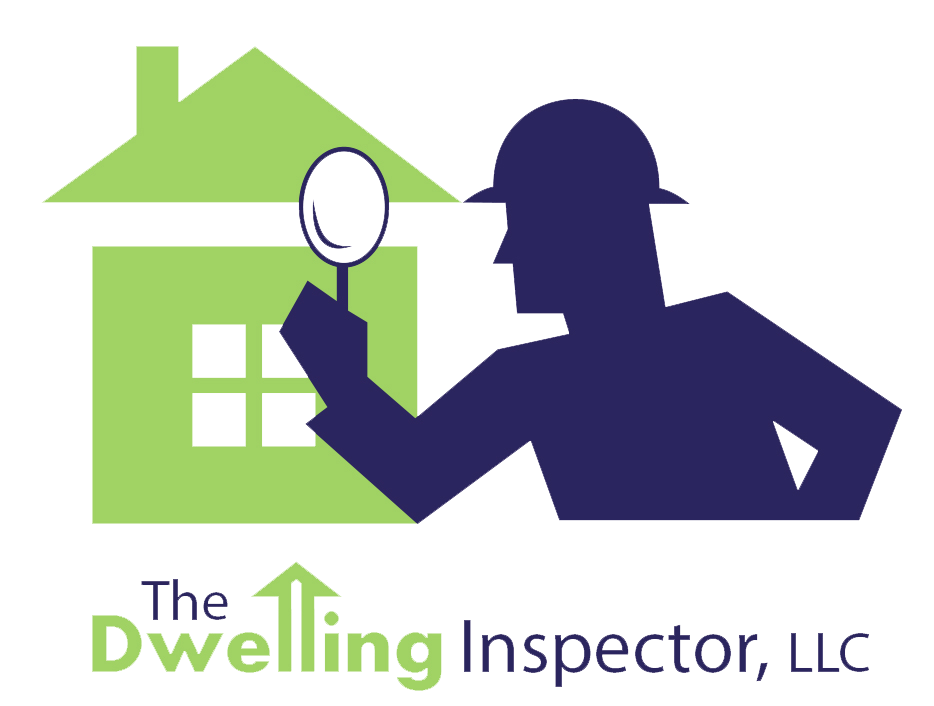How to Get Ready for a Home Inspection
Getting an offer on a home you are trying to sell can be exciting, more so if you both agree on a sale price. However, in the grand scheme of things, that part is the easiest. What should worry you the most is the inspection report.
The inspection report on your home can either make or break the deal. For this reason, as Paramount Management in Tempe points out, savvy sellers choose to have a pre-inspection done before listing their home. That way, they can know what to expect when the actual inspection is done.
There is no doubt about it, preparing for a home inspection is one of the most stressful things in the home selling process. Luckily, there are a couple of things you can do to help in this regard.
What exactly do inspectors look for when inspecting a home?
Inspectors have a whopping 1,600-item checklist, according to the National Home Inspector Association. The following are some areas that a home inspector will probably look at.
- Grounds: Faulty grading, stagnant water, and dying shrubs and trees.
- Roof: Defects in chimneys, gutters, and flashing.
- Exterior: Blistering or flaking paint, dents, or bowing in vinyl.
- Windows and doors: Damaged glass, peeling caulk, and rotting frames.
- Interior Rooms: Sufficient heating vents, adequate insulation, and water-stained ceilings.
- Kitchen: Operation of cabinet doors and drawers, leakage under the sink, and ventilation.
- Bathrooms: Flushing of the toilets, and spraying of the showers.
- Plumbing: Flow of the drainage, and pressure and temperature of the water.
- Electrical: Working of the light switches and outlets, and proper electrical panels.
The following are 8 tips to help you prepare for a home inspection.

Tip #1: Provide easy access to your home.
Make sure that the home inspector can access all areas of the property relatively unobstructed. After all, they can’t inspect something they can’t access. If you don’t remove potential obstructions, a home inspector will probably see it as an effort to conceal a potential problem.
So, ensure you get rid of clutter in areas like basements, furnace rooms, sink, and attics.
Tip #2: Check for drainage and leakage issues.
These are issues that experienced inspectors won’t miss checking. When looking for leakage issues, check around sinks, faucets, toilets, and bathtubs. Check your appliances, too.
As for drainage problems, look for signs of warping, sagging, or buckling by examining walls, ceilings, and floors.
Tip #3: Check the toilets to see whether they are functioning properly.
Are your toilets running as they should when flushed? If not, consider fixing the problem as soon as possible. Improperly functioning toilets are a common problem that many homeowners usually ignore.
Luckily, repairing problem toilets is not a complicated or difficult process. A trip to the local hardware store and some basic DIY stores can suffice.
Tip #4: Replace blown up bulbs.
Bulbs that have blown up are sure to get the attention of a home inspector. They usually indicate two things: that either the wiring is faulty or that the bulb itself is simply out.
Thus, the inspector will have to find out the underlying problem or just simply jot something down in the lines of “potential electrical issues”.
Tip #5: Make sure your home is clean.
This is an easy and inexpensive way to get in the good books with the home inspector. A clean home not only looks beautiful but will also indicate to the home inspector that you also maintain your home.
On the other hand, a home that looks all run down means trouble. The inspector may become suspicious and think that other areas of the home might not be taken care of as well.
Tip #6: Inspect the roof.
The roof is an important structural component of a home. Therefore, it’s something that you can be sure that the home inspector will look at.
Therefore, get yourself a ladder and get up there before the inspector does.
- Does the flashing look damaged?
- Can you spot any water leaking into any parts of the attic?
- Are nail heads exposed?
- Do you have granules in your gutters?
- Is the roof sagging?
- Are the shingles blistering, cracking, or curling?
If you spot some issues, have them fixed immediately; ideally before the home inspector comes.
Tip #7: Check your smoke alarms and carbon dioxide alarms.
Check to see that these safety devices are working as they should. Test them before the day of inspection. You also want to check at the expiration dates.
Tip #8: Check the grading.
Is your yard sloping away or towards your home? If towards your home, it may mean trouble. It may mean that the foundation may also be compromised due to the rainwater pooling close to it.
Now, grading your yard is a big job that can be quite labor-intensive. So, hire professional help if necessary.

Preparing adequately can help you easily coast through your closing period. Use these 8 tips to help you gain peace of mind by knowing what areas need attention and fixing them before the inspection day.
Read More: Using Your Home Inspection Report After Moving In




